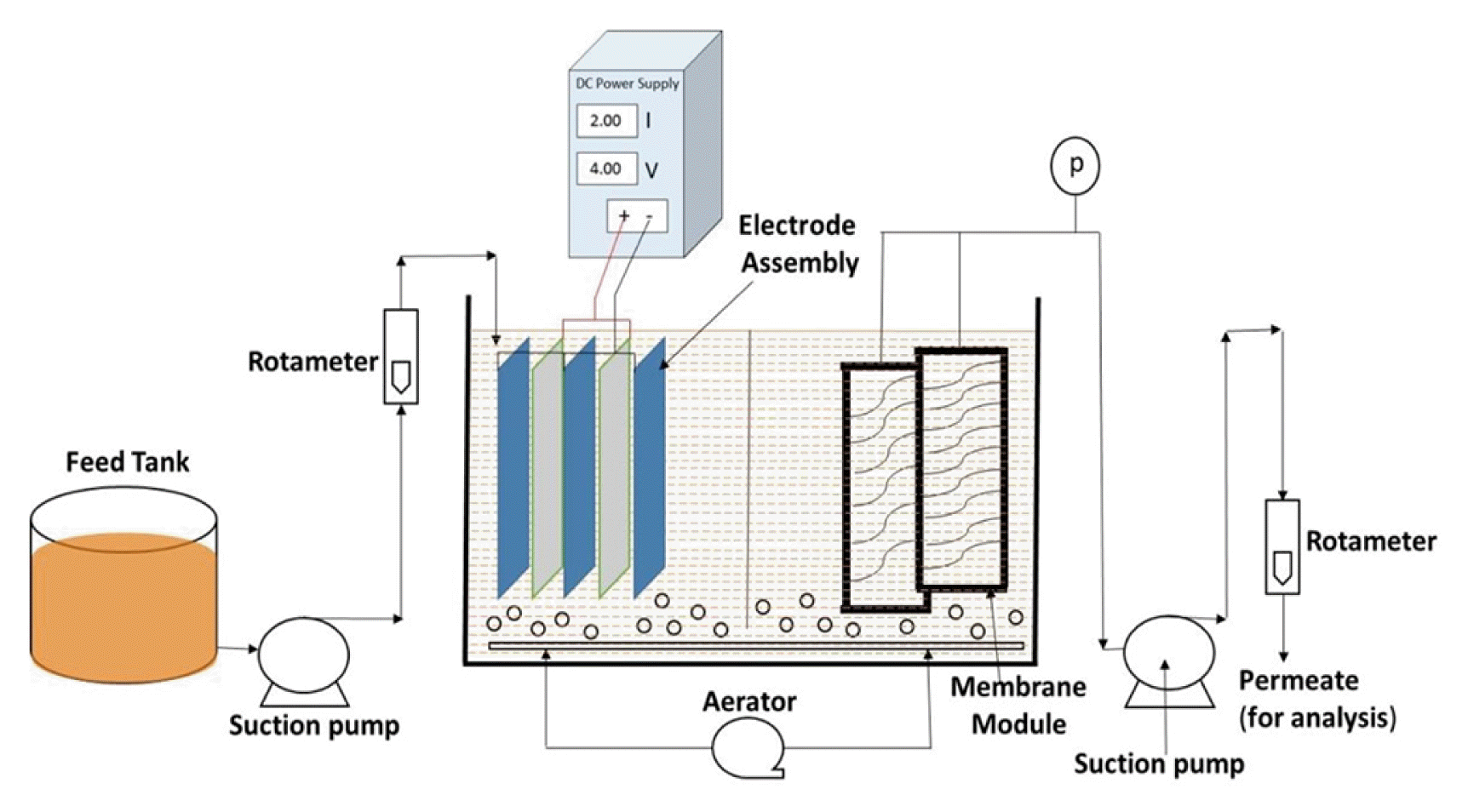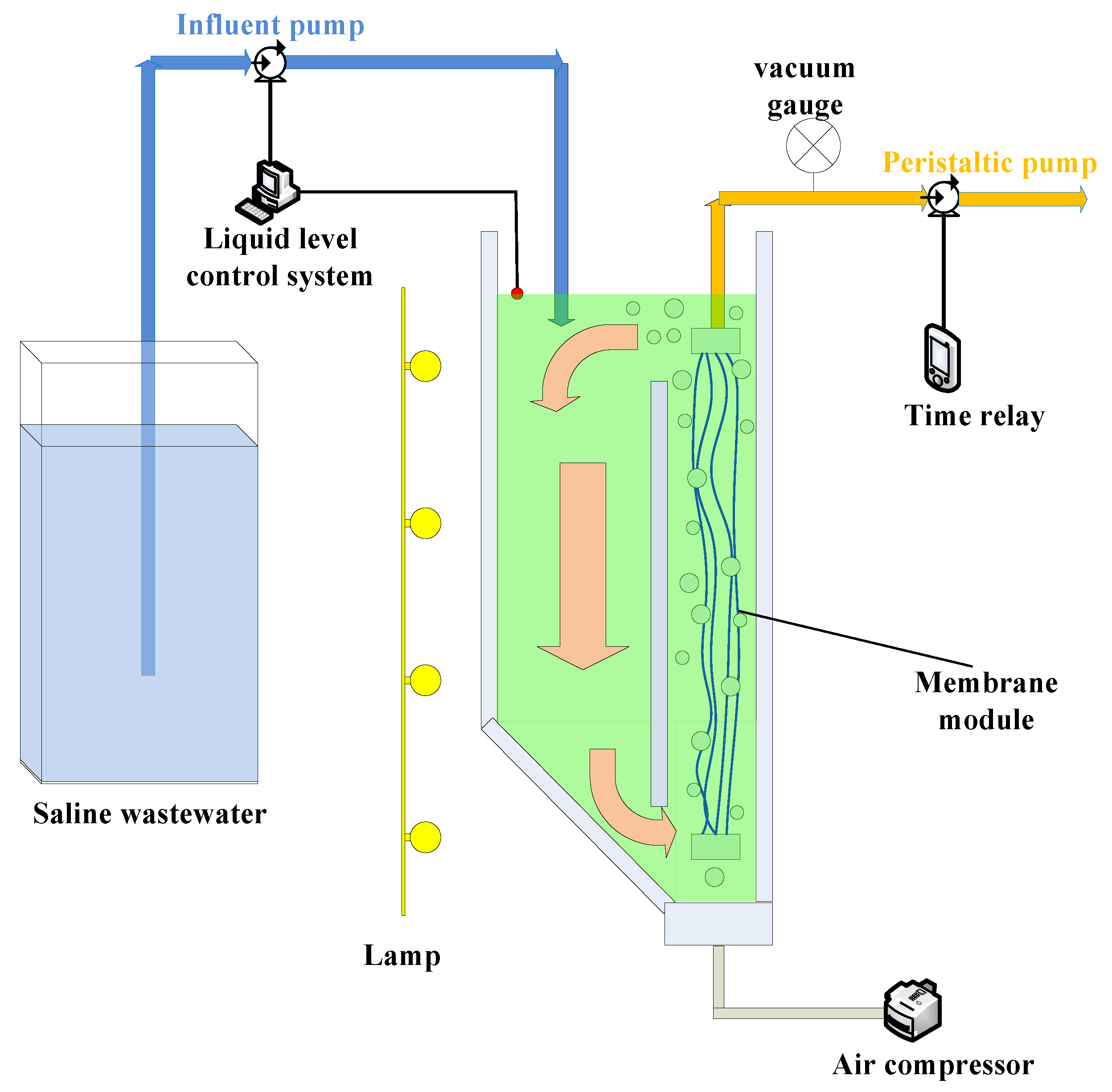Troubleshooting Common Issues with Membrane Bioreactor Systems
Wiki Article
Membrane Layer Bioreactors Clarified: Effective Solutions for Tidy Water
Membrane layer bioreactors (MBRs) have actually become an advanced option for addressing the pressing difficulties of wastewater therapy. By incorporating organic procedures with advanced membrane filtration, MBRs not only improve the quality of cured water but likewise reduce the spatial requirements of therapy centers. As ecological worries increase, the function of MBR innovation in advertising lasting water monitoring comes to be increasingly significant. The intricacies of their procedure, advantages, and prospective applications merit a closer examination to fully recognize their influence on the future of water therapy.
What Are Membrane Layer Bioreactors?
Membrane layer bioreactors (MBRs) are sophisticated wastewater treatment systems that incorporate organic degradation processes with membrane layer filtering innovation. This integration permits the efficient removal of contaminants from water, making MBRs a preferred selection in different applications, consisting of local wastewater treatment and commercial effluent administration.
Among the critical benefits of MBRs is their ability to generate top notch effluent, typically suitable for reuse in irrigation or commercial processes. In addition, MBRs need a smaller impact contrasted to conventional treatment systems, making them perfect for city settings where area might be limited.
In addition, MBRs can efficiently take care of varying influent tons and are much less susceptible to the effects of hazardous shocks. These qualities add to their expanding popularity as a sustainable remedy for addressing the boosting demand for tidy water while reducing ecological impacts.
Exactly How Membrane Bioreactors Work
While the operation of membrane bioreactors (MBRs) may appear facility, it fundamentally rotates around the harmony in between biological processes and membrane filtering. MBRs incorporate an organic treatment process, normally turned on sludge, with a membrane separation unit to treat wastewater effectively.In an MBR system, wastewater is initial presented right into a bioreactor where microbes weaken organic matter and other pollutants. The organic task minimizes the focus of toxins while advertising the growth of biomass. Following this organic treatment, the mixed liquor is subjected to membrane filtration, which can be microfiltration or ultrafiltration, depending on the desired effluent high quality.
The membrane layers work as a physical barrier, enabling water and tiny solutes to pass while maintaining put on hold solids and bigger particles. This enables the system to preserve a high concentration of biomass within the reactor, improving the treatment efficiency.
Moreover, the continual splitting up of cured water from the biomass assists in a small design and minimizes the impact of the therapy facility. Overall, the mix of organic destruction and membrane purification in MBRs leads to reputable and effective wastewater therapy, making sure premium effluent ideal for various applications.
Advantages of MBR Modern Technology
Among the essential advantages of membrane layer bioreactor (MBR) innovation is its ability to generate high-quality effluent with a considerably reduced impact compared to conventional wastewater therapy methods. MBR systems properly integrate organic treatment and membrane layer filtration, causing exceptional removal of impurities, including put on hold solids, virus, and raw material. This capacity results in effluent that often satisfies or surpasses stringent governing requirements for reuse and discharge.In addition, MBR technology permits higher biomass concentrations, which enhances the treatment performance and decreases the required reactor quantity. This portable layout is especially valuable in urban areas where room is limited. The operational versatility of MBR systems likewise indicates they can adapt to varying influent high qualities and flow prices, making them ideal for a wide variety of applications.
Furthermore, the decreased sludge production linked with MBR procedures adds to lower functional and upkeep prices. The membrane layers serve as a physical barrier, reducing the risk of blocking and enabling longer functional periods in between cleaning. Generally, the benefits of MBR technology make it an attractive solution for lasting wastewater therapy, addressing both ecological problems and the demand for reliable resource management.
Applications of Membrane Bioreactors
With their adaptability and performance, membrane bioreactors (MBRs) discover applications throughout different markets, including local wastewater treatment, commercial procedures, and also water improvement. In municipal setups, MBRs provide a small service for treating see this website wastewater, efficiently eliminating impurities while at the same time creating high-grade effluent that meets rigid governing standards. This makes them particularly suitable for areas with limited room.In commercial applications, MBR technology is utilized for dealing with procedure water, specifically in sectors such as food and drink, drugs, and petrochemicals. These markets take advantage of MBRs' ability to deal with high natural lots and their effectiveness in recovering beneficial resources from wastewater, such as nutrients and water.
In addition, MBRs play an important duty in water recovery campaigns, allowing the reuse of treated wastewater for watering, commercial procedures, or also as potable water after additional therapy (Membrane Bioreactor). Their effectiveness find more in getting rid of microorganisms and toxins makes them a trustworthy selection for ensuring water top quality in numerous reuse applications
Future of Water Treatment Solutions
The future of water treatment services is positioned for transformative improvements driven by technological technology and enhancing environmental awareness. As worldwide water shortage ends up being a pressing problem, new techniques, consisting of membrane layer bioreactor (MBR) systems, are readied to play a critical function in improving the performance and sustainability of water treatment processes.Emerging innovations such as expert system and artificial intelligence are expected to maximize treatment procedures, enabling real-time tracking and anticipating upkeep. This will improve the general integrity and performance of water treatment facilities. Innovations in membrane layer products, such as graphene and nanofiltration, assure to raise permeation prices and reduce fouling, leading to lower power intake and functional prices.
Furthermore, the combination of renewable resource resources right into water treatment plants will certainly contribute to greener here are the findings practices. The round economic situation version will also gain grip, motivating the recovery of valuable sources from wastewater, such as nutrients and energy.
Conclusion

Membrane layer bioreactors (MBRs) have actually arised as a sophisticated solution for dealing with the pushing difficulties of wastewater treatment. By integrating biological processes with advanced membrane layer filtering, MBRs not just enhance the top quality of treated water yet also minimize the spatial demands of therapy centers.One of the key benefits of membrane layer bioreactor (MBR) modern technology is its ability to generate high-grade effluent with a significantly lowered impact compared to traditional wastewater treatment techniques.With their convenience and effectiveness, membrane bioreactors (MBRs) locate applications throughout numerous industries, including local wastewater therapy, commercial processes, and even water reclamation.In conclusion, membrane bioreactors represent a considerable improvement in wastewater therapy technology, integrating biological procedures with reliable membrane layer filtration to create top notch effluent.
Report this wiki page